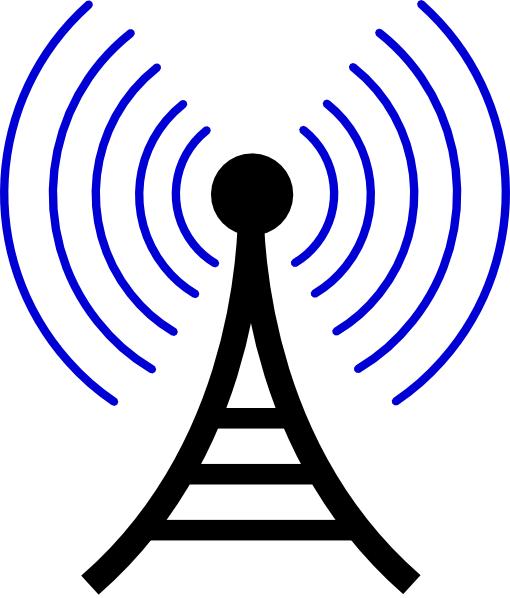
STEP ONE: Read and reread the source material until you understand it completely.
STEP TWO: Put the source material aside and on a piece of paper or a note card, write your paraphrase in your own words and sentence structure.
STEP THREE: Compare your version to the original source, making sure your paraphrase is original, accurate, complete, and objective.
STEP FOUR: If you find you needed to use a unique term or phrase from the source, make sure you use quotes to identify that you borrowed it for the source.
STEP FIVE: Record the source information (even the page number) with the paraphrase, so you have it ready when you are writing your paper and wish to integrate this source’s ideas.
An effective paraphrase is…
4.Complete—paraphrases need to include all the important ideas in your source.
Beware of these paraphrasing hazards…
Essentially, there are three ways in which a source can be incorporated into your writing:
 quote) to use when synthesizing the sources’ ideas with his or her own. Certain methods work better with particular content, types of source material, and writing purposes.
quote) to use when synthesizing the sources’ ideas with his or her own. Certain methods work better with particular content, types of source material, and writing purposes. What is the difference between Summary & Paraphrase:
Example of a Successful Paraphrase:
Original Material:
Paraphrase:
 You always want to introduce your paraphrase with a SIGNAL PHRASE by mentioning the author’s name AND include a page reference (in parentheses) at the end of the borrowed passage. This type of bookending of a paraphrase signals to your reader that these are not your own words or ideas and tells them where source material ends and your ideas begin.
You always want to introduce your paraphrase with a SIGNAL PHRASE by mentioning the author’s name AND include a page reference (in parentheses) at the end of the borrowed passage. This type of bookending of a paraphrase signals to your reader that these are not your own words or ideas and tells them where source material ends and your ideas begin.| Acknowledges | Discloses | Speculates | Suggests |
| Concludes | Reports | Summarizes | States |
| Admits | Believes | Claims | Comments |
| Concurs | Explains | Implies | Notes |
| Affirms | Indicates | Insists | Observes |
| Finds | Illustrates | Predicts | Proposes |